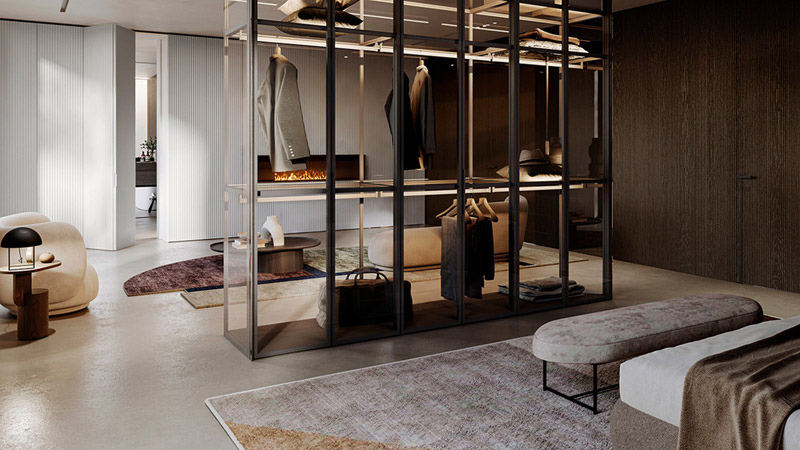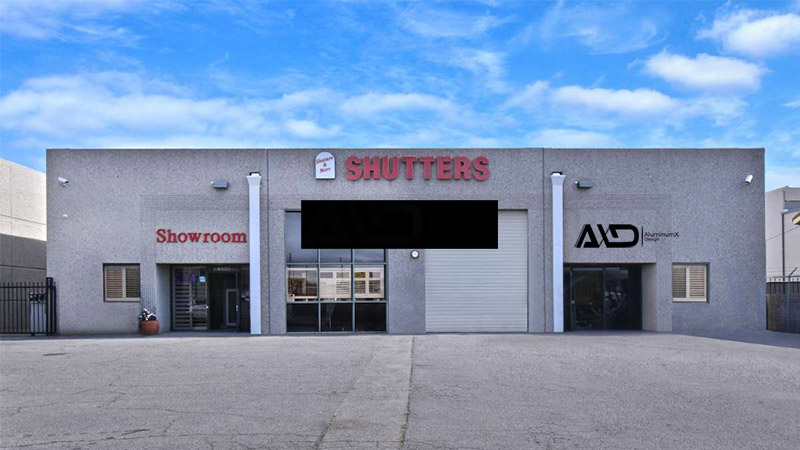The unique characteristics of aluminum make it a good choice for designers It is excellent for applications that require corrosion resistance, strength to weight, and good thermal/electrical conductivity. Still, some projects may require aluminum finishing so ensure the products match the intended application and design requirements.
Why Are Aluminum Finishes Important?
- Corrosion Resistance Aluminum’s natural oxide layer makes it corrosion-resistant. Still, you can improve this attribute with additional finishes such as powder coating, painting, and anodizing. These aluminum finishes create a protective barrier that ensures your products have a longer lifespan, even when exposed to corrosive substances and harsh environments.
- Ultraviolet Resistance Aluminum surface finishes offer extra protection against UV radiation. These finishings are perfect for exterior applications that are exposed to prolonged sunlight and prevent aluminum components from fading and deteriorating.
- Improved Aesthetic One major reason to choose among the different aluminum finishes is their aesthetic value. They come in several colors and textures that make any product look eye-catching.
- Improved Lubricity Aluminum finishing is effective in reducing friction and improving the lubricity of aluminum alloys. This is especially important in applications like automotive manufacturing, where aluminum components need to slide or move smoothly.
Types of Aluminum Finishes
Using aluminum means durability, aesthetic value, better lubricity, and several other advantages. Thankfully, there are various types of aluminum finishes, each offering unique benefits that are ideal for various uses in different industries. Take a look at the most common finishes for aluminum and their most impressive qualities.
Polished Aluminum
Are you hoping your product will look high-end and become the center of attention? A polished aluminum finish offers that and more, providing a touch of luxury and elegance. It easily catches the eye, and apart from aesthetics, polished surfaces are also easier to clean and maintain. Consider it for medical equipment, decorative items, musical instruments, kitchen appliances, and accessories.
Anodized Aluminum
Anodizing is a widely used surface treatment for aluminum profiles. It emphasizes the material’s corrosion-resistant features for added integrity. The process of anodizing involves thickening the outer layer of a metal, and the best part is that the product also looks more stylish. Therefore, go for anodized options if you are going for aesthetic appeal and structural integrity, maybe for your outdoor gear.
Powder Coated Aluminum
What if your goal is for the product to stand out and take the spotlight? Powder coated aluminum finish is one of the best for aesthetic appeal. Whether you are going for a matte or shiny finish, red or black, there are so many looks. Still, it doesn’t mean that durability is compromised since powder-coated materials are also scratch and fade-resistant, making them ideal for car and bike parts and outdoor furniture.
Painted Aluminum
You have a chance to explore your creative side when choosing painted finishes. It is like a blank canvas where you can express your branding and customize your products, while ensuring durability and protection against corrosion and fading. You can use any color to dip or spray over the material and protect it from the elements. Your signage, branded items, architectural components, and other indoor and outdoor needs are covered.
Brushed Aluminum
Sophistication meets durability and functionality with this finish, thanks to its modern look. Think about products you use daily, how easily they get fingerprint marks and scratches, and how you need them hidden. Brushed aluminum will help you achieve that, making it a perfect option for laptops, smartphones, and household appliances.
Satin Finishes
Textured Finishes
Are you looking for an aluminum finish that people can resonate with and feel? Textured aluminum finishes have that effect, and you can go for various options, whether matte or rough, to give your products a unique personality. Besides looks, adding texture also makes a product more functional, so you can use it for daily and handheld items, especially those that need an extra grip.
Alodine Finishes
Alodine finishing improves aluminum’s anticorrosive properties by strengthening its oxide layer. This process makes the finish the best option for military and high-precision equipment.
E-Coating
Electrostatic coating offers a uniform and thin paint film on the aluminum surface, making it more durable and resistant to scratches and corrosion. Its versatility and other incredible features make it a go-to for products in the automotive and electrical industries.
How To Choose The Best Aluminum Finish for Your Project
Different aluminum finishes have unique uses and features, but how do you narrow it down to one? The following tips will guide you when deciding.
- Functionality
The most important consideration is the application of the product. Are you looking for aesthetic appeal or improved resistance against corrosion, UV, or deterioration? Do you want it to catch the eye, have a subtle look, or offer more functionality? Is it for exterior or interior use? The main feature you are looking for will guide your decision. - Maintenance
Everyone needs a finish that serves the purpose, lasts longer, and at the same time, doesn’t require a lot of effort to maintain. Consider easy maintenance finishes that are easy to clean when choosing. - Cost
If budget is a factor when choosing an aluminum finish, it will also sway your decision. Factor in the initial and the maintenance costs down the line, but to be safe, go for the most durable option that will be more cost-effective down the line.
Conclusion
Aluminum finishes never disappoint in terms of aesthetics or performance. There are various options based on your needs, and each serves a purpose. For instance, if you need the products to stand out, go for polished, powder-coated, or satin looks. Consider anodized and painted aluminum finish options for durability and the ability to withstand the elements. However, if the goal is functionality, brushed, textured, and anodized finishes will do.



